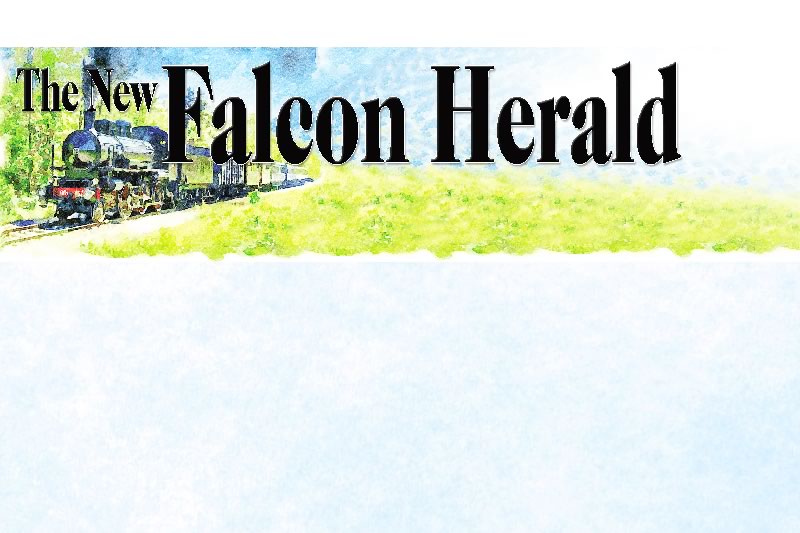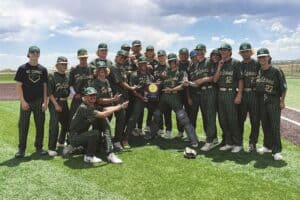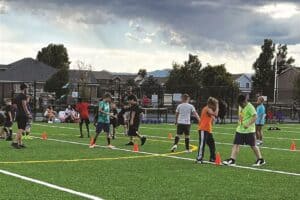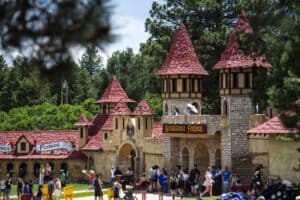The migration season is beginning to fizzle, and the birds that remain with us are breeding in earnest, which brings up a few questions for bird enthusiasts.*How can I attract birds to nest in my yard?Start by providing shelter and nesting site possibilities. Except for a few prairie species, most birds do not nest on the ground and need a protecting tree, bush or cavity in order to raise a family. Trees and shrubs are the best place to start. Plant some that will provide food as well, such as chokecherries and serviceberries. These provide food for the yard owner as well. Cottonwoods are a good choice for trees, too, as long as they get enough water. And if you happen to have a brush pile, don’t get rid of that, it’s great for several different species of birds.Provide the daily necessities for the birds. While food is quite easily found by birds in the summer, water can be hard to come by close to the bird’s territory, especially in this area. A bird bath would probably be greatly appreciated by your neighborhood birds.*What do I do if I find a baby bird?First, make sure your cat or dog can’t get to the baby bird. Second, leave it alone. Just because it’s by itself, it doesn’t mean it’s in trouble. The parents could be out getting food or tending to the rest of the nestlings.If the bird is on the ground, gently place it on a twig or something in a bush, if it will let you. If it is flying from you and it’s obvious it does not wish to be handled, leave it, as the help you would be giving it would actually be detrimental to the youngster. It may panic and fly into a window or branches, which may result in injury. The best thing to do at first is to leave it alone. Keep an eye on it for a few hours. If the parents do not show up, the bird may be abandoned. If at the end of several hours the parents have still not appeared, then it is time to take action. Very carefully catch the bird and put it in a small padded box. Don’t mess with food or water as the bird will be too frightened to eat or drink and may end up getting wet and chilled. Contact the Colorado Division of Wildlife – the number is listed below – and describe the situation. They will direct you.At times, you may find a nest that has been blown down or fallen off. What you need to do may vary, depending on the situation. Call the DOW and describe what has happened, and they will give you the best solution for the situation.Breeding season can be fun and interesting, as you watch the adults build the nest, lay eggs, feed the young, and best of all, as you watch the first wobbly flights of the fledglings. Enjoy!The Division of Wildlife: (719) 227-5200.







